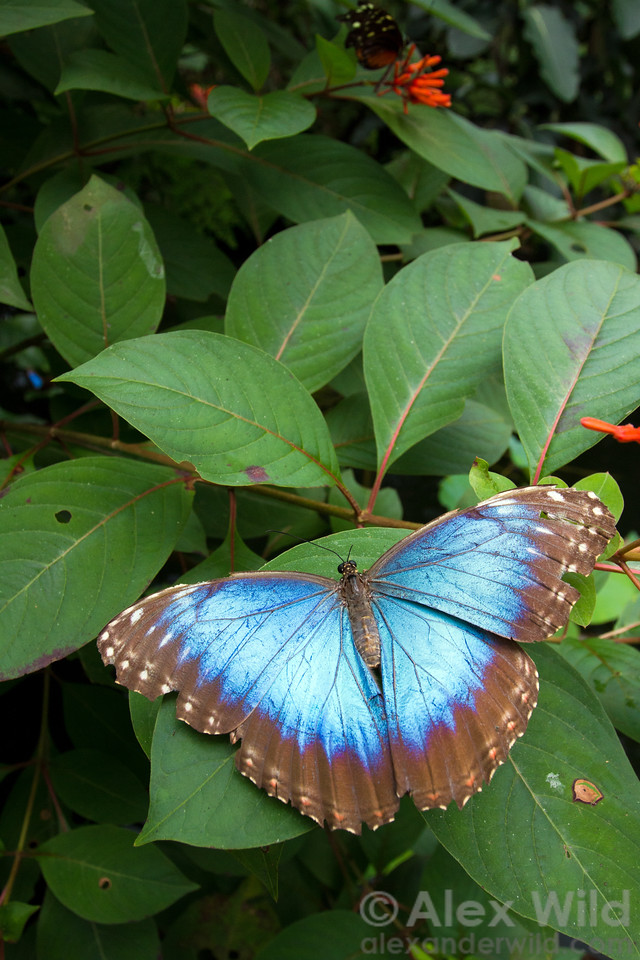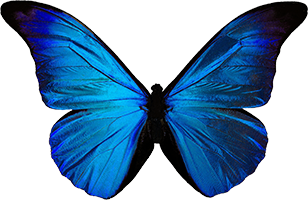Color resources

Introduction to Insect Color
Colors in insects can generally be classified into one of two major types: structural or pigmentary. Many colors and patterns are produced by combinations of both, and can therefore be difficult to quantify.
Structural colors are created by the interaction of light with the cuticle of the insect (or scales/hairs). Examples include multilayer reflectors, photonic crystals, and diffraction gratings. An excellent review paper on structural colors in beetles is: Seago et al., 2008.
Pigmentary colors are created by the selective absorption and reflection of wavelengths of light with portions of the insect cuticle and/or scales/hairs. Insects possess many of the common pigments found throughout the animal kingdom (e.g., melanins, carotenoids), but also have a number of lineage-specific pigments as well (e.g., papillochromes, ommochromes in Lepidoptera).
Insect Vision
One critical aspect of insect color and pattern is the potential utility to serve as a biological signal (e.g., sexual communication, camouflage, warning coloration). The ability for organisms to recognize these signals depends on their visual systems, especially in their ability to detect specific wavelengths (or ranges of wavelengths) of light.
The ancestral insect was likely a trichromat (UVS, SWS, LWS), but losses and duplications of visual genes have reduced or expanded the visual sensitivity of numerous insect groups. Two excellent review papers are: Briscoe and Chittka, 2001; van der Kooi et al., 2020.
